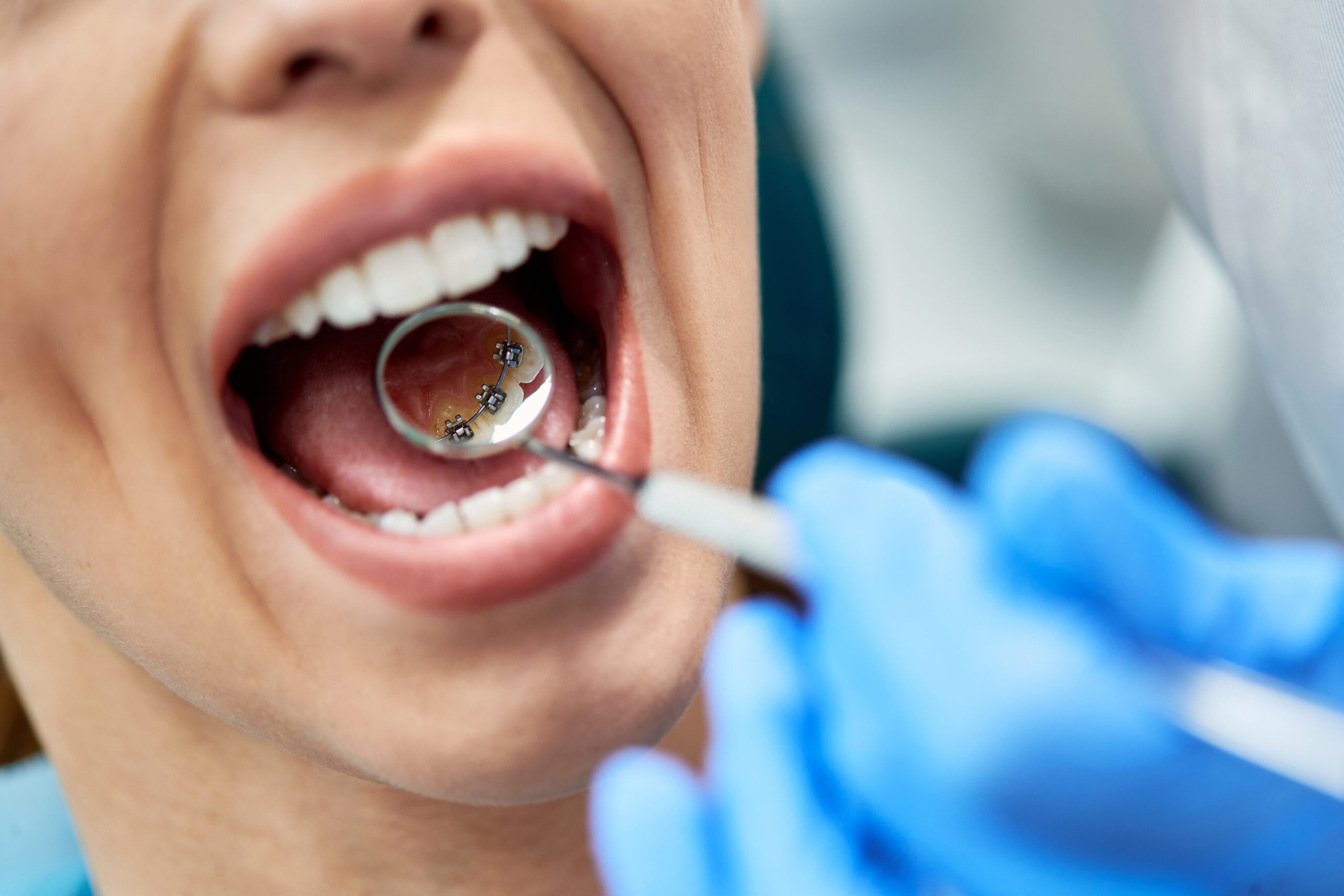4 Simple Techniques For Legacy Orthodontics
4 Simple Techniques For Legacy Orthodontics
Blog Article
4 Easy Facts About Legacy Orthodontics Shown
Table of ContentsThings about Legacy OrthodonticsLegacy Orthodontics Can Be Fun For EveryoneLegacy Orthodontics for Dummies4 Simple Techniques For Legacy OrthodonticsThe Single Strategy To Use For Legacy Orthodontics
In addition, we offer adjustable treatment schedules, adaptable settlement options and an enjoyable, enjoyable experience.An orthodontist is a dentist educated to identify, avoid, and treat teeth and jaw abnormalities. Orthodontists work with individuals of all ages, from kids to adults.
Malocclusion, or misaligned teeth, can lead to oral problems, consisting of tooth degeneration, gum disease, and difficult or uncomfortable chewing. However not everybody is born with straight teeth. If you have a bad bite or big areas in between your teeth, you may intend to get in touch with a dentist concentrating on orthodontic care.
Legacy Orthodontics Fundamentals Explained
( Picture Credit History: DigitalVision/Getty Images) Orthodontists utilize dealt with and detachable dental devices, like dental braces, retainers, and bands, to alter the placement of teeth in your mouth. Orthodontic treatment is for oral abnormalities, consisting of: Jagged teethBite problems, like an overbite or an underbiteCrowded teeth or teeth that are as well far apartJaw misalignmentThe objective of orthodontic therapy is to enhance your bite.
A healthy and balanced bite guarantees you can eat, eat, and talk appropriately. While you could think about orthodontists as mostly for children or teenagers who require braces, they can remedy oral troubles at any kind of age. Orthodontists go to university, oral institution, and orthodontic school. After graduation, they invest 2 or 3 years in an orthodontic residency program.
All orthodontists are dental experts, however not all dentists are orthodontists. Orthodontic residency programs provide intensive, concentrated direction for oral specialists. They concentrate on 2 locations: How to appropriately and safely relocate teeth How to correctly guide development in the teeth, jaw, and faceOnce an orthodontist has actually finished training, they have the option to become board accredited.
The Ultimate Guide To Legacy Orthodontics
Imbalance, or malocclusion, is the most usual reason people see an orthodontist. It is genetic and is the result of dimension differences in between the upper and lower jaw or between the jaw and teeth. Malocclusion results in tooth overcrowding, a twisted jaw, or irregular bite patterns. Malocclusion is generally treated with: Your orthodontist connects steel, ceramic, or plastic square bonds to your teeth.
Some people require a headgear to help move teeth into line with stress from outside the mouth. A retainer is a personalized tool that maintains your teeth in location.
They can create added area in the mouth without having to pull teeth. Orthodontists use cables, medical screws, or plates to sustain your jaw bone.
You may require to see an orthodontist if you have: Crowding or otherwise adequate space for all of your teethOverbite, when your upper teeth come over your bottom teethUnderbite, when your bottom teeth are too much forwardSpacing or concerns with gapsCrossbite, which is when your upper teeth fit behind your bottom teeth when your mouth is closedOpen bite or a vertical void between your front bottom and upper teethMisplaced midline, when the facility of your base and upper teeth do not line up Remedying a dental malocclusion can: Make attacking, chewing, and talking easierImprove the proportion of our face and your general web link appearanceEase pain from temporomandibular joint disordersDifferent your teeth and make them less complicated to clean, helping stop dental caries or cavities It's often a dental professional who initially notices misaligned teeth throughout a regular test.
Little Known Facts About Legacy Orthodontics.

Throughout your very first orthodontic consultation, you'll likely have: An oral examPhotos taken of your face and smileDental X-raysPanoramic (360 level) X-rays of your face and headImpressions to create mold and mildews of your teethThese tests will certainly assist your orthodontist understand exactly how to continue with your treatment. invisalign. An orthodontist is a dental expert who's had training to treat your teeth and jaw
Orthodontists may execute surgery, exams,X-rays,and more to aid you attain a more comfy, much healthier smile. An orthodontist is focused on your bite, so something like a damaged tooth would be handled by a dental expert. Orthodontists are dental practitioners but not all dental practitioners are orthodontists. Orthodontists are concentrated on your bite, or the way your teeth fit together, and the straightness of your teeth.
Ever before questioned just how celebs always appear to have perfectly aligned teeth? Orthodontists are oral experts that concentrate on fixing abnormalities in the teeth and jaws.
Legacy Orthodontics - Truths

, orthodontists have a varied toolkit at their disposal. These tried-and-true braces use a system of brackets bound to the teeth and linked by wires.
These detachable trays are tailor-made to gradually move the teeth's placement. In situations of narrow jaws, palatal expanders can be utilized to create space for correct tooth placement.
Report this page